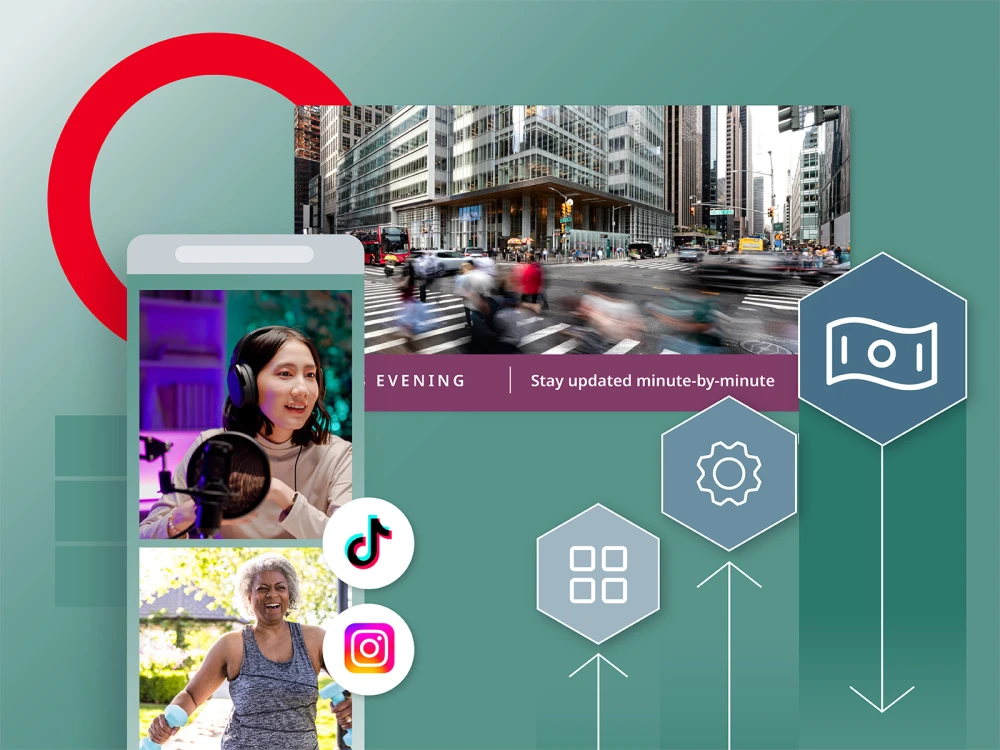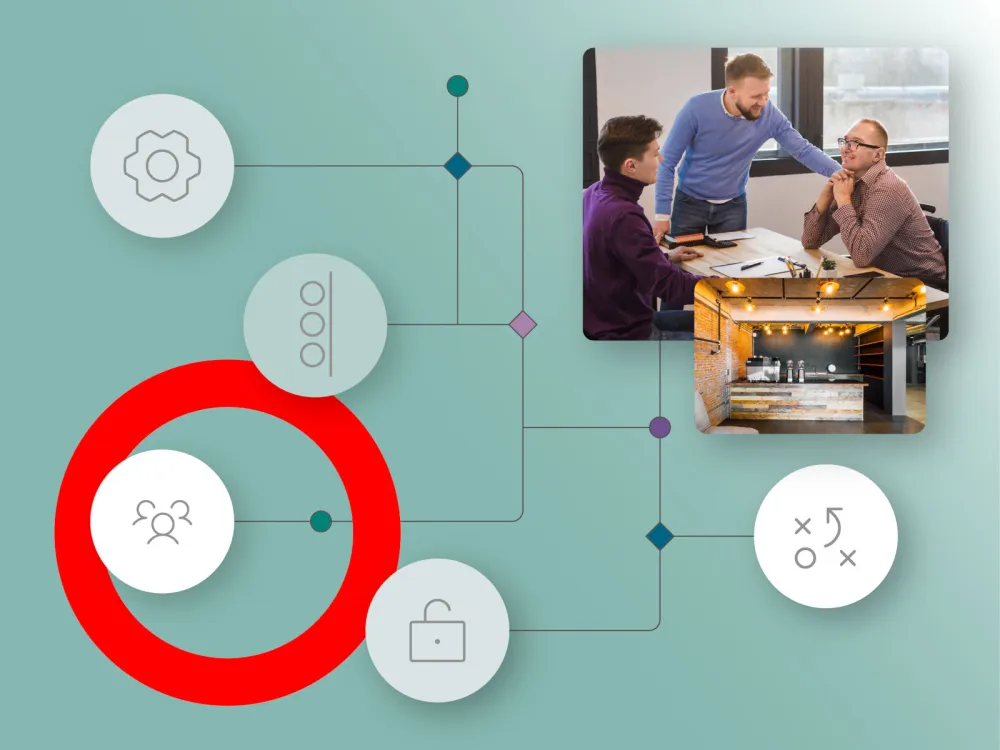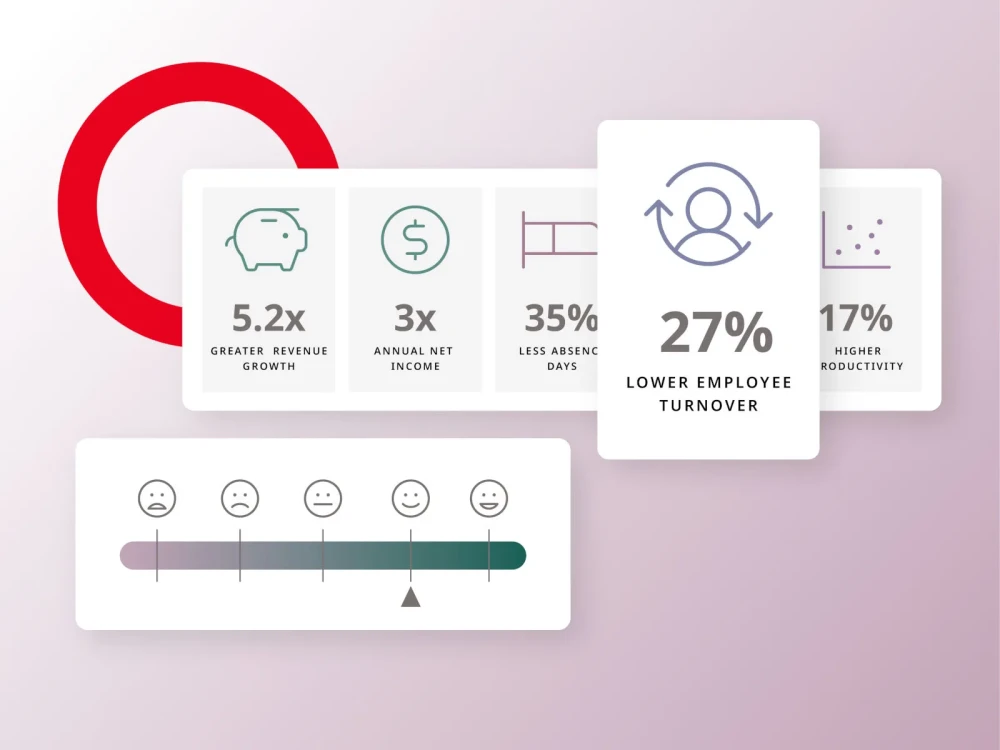Organizations today are feeling more pressure than ever — pressure to outsmart, outperform and outshine their competitors. This oftentimes results in teams prioritizing the “need for speed” in order to be the first to market and to push digital innovation to the forefront. But, what happens when speed trumps quality or when speed trumps experience? The program, project or initiative will fall flat, and teams will have to start over.
However, there are approaches teams can take to avoid pitfalls and ensure expectations are met — it only requires a shifted perspective on how to prioritize what matters most. This starts with redefining how businesses currently look at the concept of “MVP.”
How MVP as “minimum viable product” is put into practice today
The minimum viable product, or MVP, is a well-understood objective in product management terms. This traditional concept of MVP is understood as an accelerated path toward go-to-market product launches that involves subsequent iteration and pivots from technical obstacles to produce something more quickly.
This idea of MVP as “minimum viable” is often put into action by first having the business list out everything they want to do, and then prioritizing. It focuses on what smaller things can be done in order to get to market with something fast — however, we’ll get into how this isn’t truly prioritization at all. This approach can be helpful if, say, a team wants to be first-to-market and beat out the competition with a launch, or if companies want to test an idea or product before they designate full time and monetary resources to development. In either case, time is of the essence.
Shortcomings of the “minimum viable product” approach
Looking at MVP as “minimum viable product” is a risky approach. The biggest reason for this is, if you focus on the minimum viable and you miss the mark in the end — then no progress has been made. It comes down to the idea of, why build halfway what you might have to re-do in the end? Organizations and publishers alike should focus on serving the most important need and function of the business so that nothing can be considered a “waste.”
Companies should focus on their longer-term, overarching priority that will change alongside their business and industry. By focusing on the most important thing that needs to be done, it means all other decisions will be the right decision. Teams will still be focused on smaller iterations of that product, strategy or launch along the way, of course, but they’ll be focused on what matters most, so they know they’re making progress towards something meaningful.
Redefining MVP in the digital transformation era
Brightspot looks at MVP as “most valuable product” — where the go-to-market strategy involves components of a product that will deliver a competitive edge, impactful revenue and paths toward exponential rather than iterative growth. It’s an approach that doesn’t trim or scale back: it’s centered around prioritization, and it allows teams to move quickly.
At Brightspot, we believe you shouldn’t start building if it isn’t serving the most important need or function of the business. So, how do organizations identify what their “MVP” is? Teams should focus on the things with the most potential; they should choose the priority item that they want to focus on, start there and then build upon it. The concept of MVP as “most valuable” is all about purpose and focusing on the big thing you’re trying to achieve, rather than looking to transform everything at once. This doesn’t need to be a full revamp of current processes, but they should know their starting point. In other words, businesses shouldn’t be limited to what they want to do down the road — thinking big is encouraged.
How Brightspot brings this approach to life
Brightspot, with our integration-friendly platform and extensible architecture, allows businesses to grow and build, evolving with them and making their operations and final output better and better over time. We understand that it’s not always about changing and iterating, but rather moving the business forward by focusing on the most valuable product (and constantly updating the enterprise content strategy over time to fit that).
As just two examples, Brightspot’s suite of tools enhance the idea of MVP as “most valuable” through rapid prototyping and support for third-party integrations, so an organization’s MVP is focused on the parts they control and build:
- Rapid prototyping: Teams need to be able to quickly create the future state of a product (on a website, app or intranet) and be able to validate it with a group of users, stakeholders, developers, and other designers. Brightspot’s CMS streamlines this prototyping or “proof of concept” process, allowing teams to quickly adapt as they push forward.
- Third-party integrations: Our platform essentially works with whatever ecosystem teams are accustomed to and want to use. Let’s say your team needs to produce unique, content-rich digital experiences for audiences across the globe, so you need a CMS that comes equipped with translation capabilities. Designed with third-party integrations in mind (knowing business priorities will evolve), Brightspot allows engineering teams to easily turn on translation integrations to enable editorial teams.
Brightspot enables fast and flexible launches as our platform is designed with agility in mind. We work with you to uncover and understand your number one priority — the most valuable product — and prioritize all subsequent items.






